The Successor’s Shadow: What Kohei Horikoshi Has Planned After the Conclusion of My Hero Academia
Popular Now
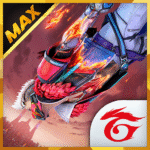 Free Fire Max
Free Fire Max
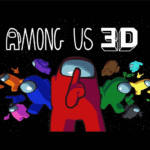 Among Us
Among Us
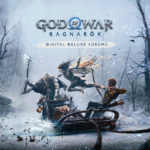 God of War Ragnarök
God of War Ragnarök
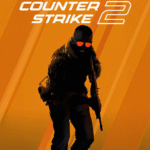 Counter-Strike 2
Counter-Strike 2
 Minecraft
Minecraft
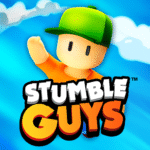 Stumble Guys
Stumble Guys
 NBA 2K24
NBA 2K24
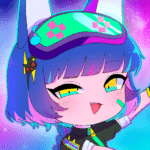 Gacha Club
Gacha Club
 Brawl Stars
Brawl Stars
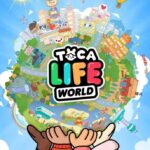 Toca Boca World
Toca Boca World  The final curtain has fallen on Kohei Horikoshi’s magnum opus, My Hero Academia, leaving a colossal void in the weekly shonen lineup. After a decade of high-stakes battles, compelling character development, and a global phenomenon that cemented its place in modern manga history, the ending of Izuku Midoriya’s journey as the world’s greatest hero marked a pivotal moment for both the creator and the entire anime industry. While fans grapple with the bittersweet conclusion, attention is rapidly shifting to the inevitable: what comes next for the prodigious mangaka? Horikoshi-sensei has been remarkably transparent, not only about his need for rest but also about the immediate conceptual work on his next major project, an endeavor he promises will allow him to explore themes and styles that his hero epic simply couldn’t accommodate.
The final curtain has fallen on Kohei Horikoshi’s magnum opus, My Hero Academia, leaving a colossal void in the weekly shonen lineup. After a decade of high-stakes battles, compelling character development, and a global phenomenon that cemented its place in modern manga history, the ending of Izuku Midoriya’s journey as the world’s greatest hero marked a pivotal moment for both the creator and the entire anime industry. While fans grapple with the bittersweet conclusion, attention is rapidly shifting to the inevitable: what comes next for the prodigious mangaka? Horikoshi-sensei has been remarkably transparent, not only about his need for rest but also about the immediate conceptual work on his next major project, an endeavor he promises will allow him to explore themes and styles that his hero epic simply couldn’t accommodate.
The anticipation surrounding a follow-up series from an author of Horikoshi’s caliber is immense. His departure from the world of Quirks and Pro Heroes is not a retirement, but a strategic pivot, hinting at a fresh narrative direction that could once again redefine the shonen genre. For publishers and investors alike, the announcement of a new Horikoshi serialization in Weekly Shonen Jump represents a high-value prospect, a potential new pillar for the magazine.
The Confirmed Next Step: A New, Solo-Authored Manga
In various interviews following the climactic finale of My Hero Academia, Kohei Horikoshi confirmed that he has already moved into the concept stage for his next manga. This decision, to jump back into the demanding weekly schedule, speaks volumes about his passion for creation. Crucially, the new work will be a fully solo endeavor, with Horikoshi handling both the story and artwork. This was a point of discussion, as he initially considered collaborating with a writer, but his editor strongly advised him to maintain full creative control, recognizing the unique, successful blend of his writing and dynamic art style that fueled MHA’s success.
Key Takeaways from the Creator’s Statement:
- The new series is currently in the concept and thumbnail stage.
- Horikoshi aims to serialise the work in Weekly Shonen Jump.
- It is an opportunity to explore themes and ideas that he “couldn’t do with MHA.”
- The mangaka feels a great pressure following the monumental success of his previous work, yet is eager to challenge himself once more.
The phrase “couldn’t do with MHA” has generated significant speculation among fans and industry analysts. My Hero Academia, while dealing with dark themes, was fundamentally a story of hope and heroism within the confines of a superhero-flavored shonen narrative. This new project could be a sharp contrast, offering the creator a chance to delve into different genres entirely, maximizing his creative range and appealing to a broader, or perhaps more mature, target audience.
Genre Speculation: From Heroes to Horror?
While official details on the genre remain undisclosed, a persistent rumor, fueled by Horikoshi’s own past comments and the increasingly intense, body-horror-tinged visuals of MHA’s later arcs, suggests a move into horror manga. Years prior, he expressed a desire to try drawing a “horror manga, but just a little.” Given the freedom of a new project, this could be the ideal time to fully explore that interest.
The potential shift is not without precedent. Many successful mangaka pivot to entirely new genres after concluding a long-running series. Horikoshi’s ability to render both expressive, lovable characters and intensely unsettling, monstrous imagery (particularly evident in the designs for All For One and the transformation of Tomura Shigaraki) makes the prospect of a horror or dark fantasy series an incredibly exciting, and highly anticipated, endeavor for the manga readership.
 The Short-Term “Replacement”: Supporting the Franchise and Recommending New Talent
The Short-Term “Replacement”: Supporting the Franchise and Recommending New Talent
Although Horikoshi’s personal next series is the true replacement in the long term, in the immediate aftermath of MHA’s ending, the creator has been active in two specific areas that keep the superhero legacy alive and point fans toward new content:
1. Continued My Hero Academia Content
The franchise is far from dormant. The manga’s conclusion has triggered a wave of related projects, all endorsed or actively supported by Horikoshi:
- The final collected volume, Volume 42, included extra pages that continued the story, providing a deeper look into the post-finale world, a valuable exclusive content for dedicated readers.
- A Final Fanbook and Art Book were announced, cataloging the series’ decade-long run.
- A massive Art Exhibition celebrated the conclusion, showcasing the creator’s unparalleled artwork.
- The ongoing anime series will continue to air the final season, extending the franchise’s presence in the media market.
These supplementary releases ensure that the brand loyalty remains high and serve as a financial bridge until the next major series launch. For those interested in collectible manga and premium content, these final releases are essential.
2. Endorsement of Ichi the Witch
In a subtle but significant move that aids in filling the gap in the shonen magazine, Horikoshi has given a strong recommendation to a newer series, Ichi the Witch. This endorsement, an act of community support common among veteran mangaka, has immediately elevated the newcomer’s profile, leading some pop culture commentators to label it an unofficial, editorially-approved successor to the “heart and hope” elements of MHA. While not a work by Horikoshi, his public praise acts as a powerful guiding light for his vast fanbase, effectively pointing them towards a new potential obsession and supporting the continuation of quality superpower-themed action in the magazine.
 Strategic Implications for the Future of Shonen Manga
Strategic Implications for the Future of Shonen Manga
The end of a flagship series like My Hero Academia creates a massive opportunity in the competitive manga publishing landscape. Horikoshi’s next series is a high-risk, high-reward proposition. The pressure to match or exceed the prior series’ commercial success and critical acclaim is immense. However, his decision to return to Weekly Shonen Jump rather than opting for a less-strenuous monthly or irregular schedule highlights his commitment to the action and pacing that defines the magazine.
For investors tracking the intellectual property (IP) market, Horikoshi’s new concept will be scrutinized for its franchise potential—the capacity for anime adaptations, video games, merchandise, and movie deals. The details of his new work, whenever they are officially released, will send a significant ripple through the global entertainment market, demonstrating that while the story of Deku is over, the era of Kohei Horikoshi is set to continue with a bold, new narrative.
Fans should monitor official Shueisha and Weekly Shonen Jump channels closely for the first trailer, visual, and title reveal. Until then, the excitement is palpable, with the lingering question being: will Horikoshi’s replacement series remain in the light of heroism, or finally embrace the darkness he only hinted at in the final arcs of My Hero Academia?




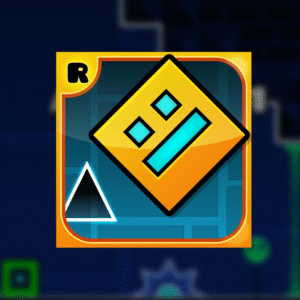


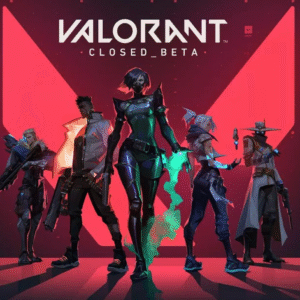

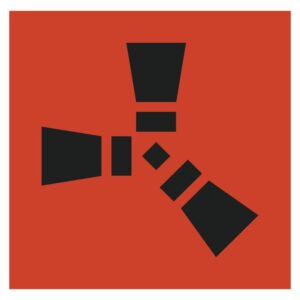
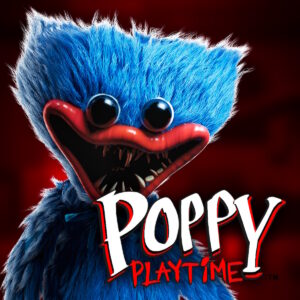
 The Short-Term “Replacement”: Supporting the Franchise and Recommending New Talent
The Short-Term “Replacement”: Supporting the Franchise and Recommending New Talent Strategic Implications for the Future of Shonen Manga
Strategic Implications for the Future of Shonen Manga